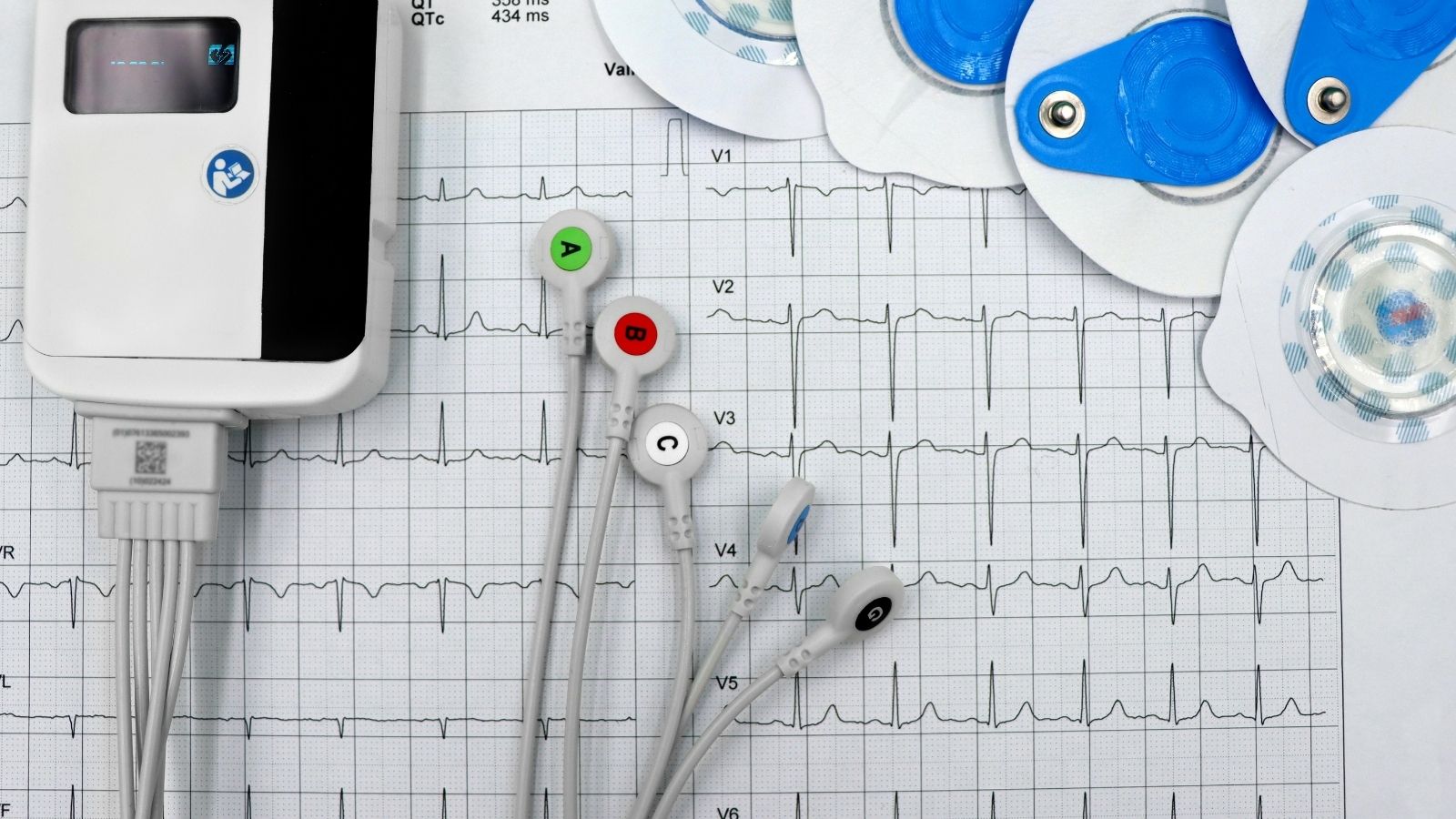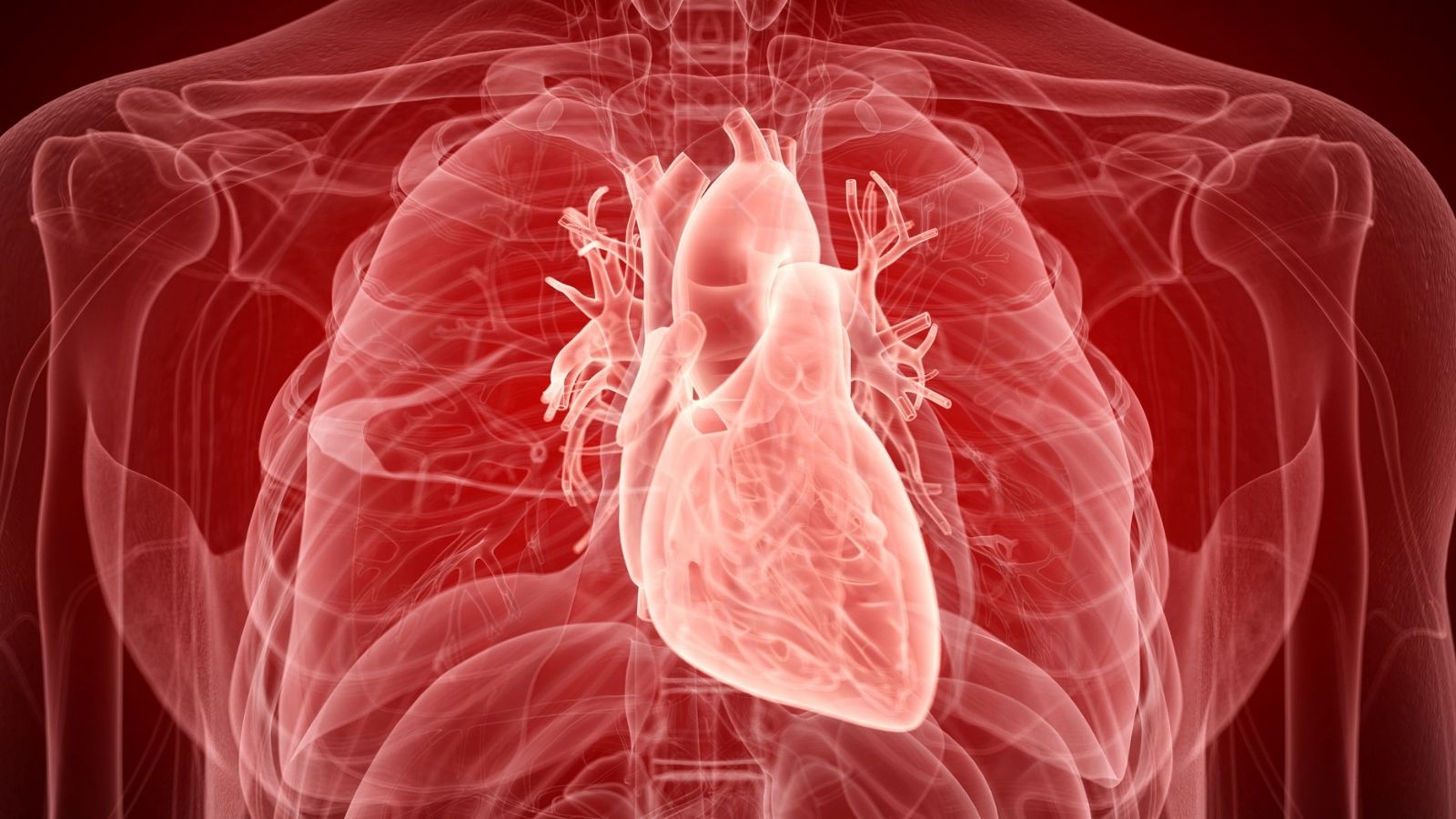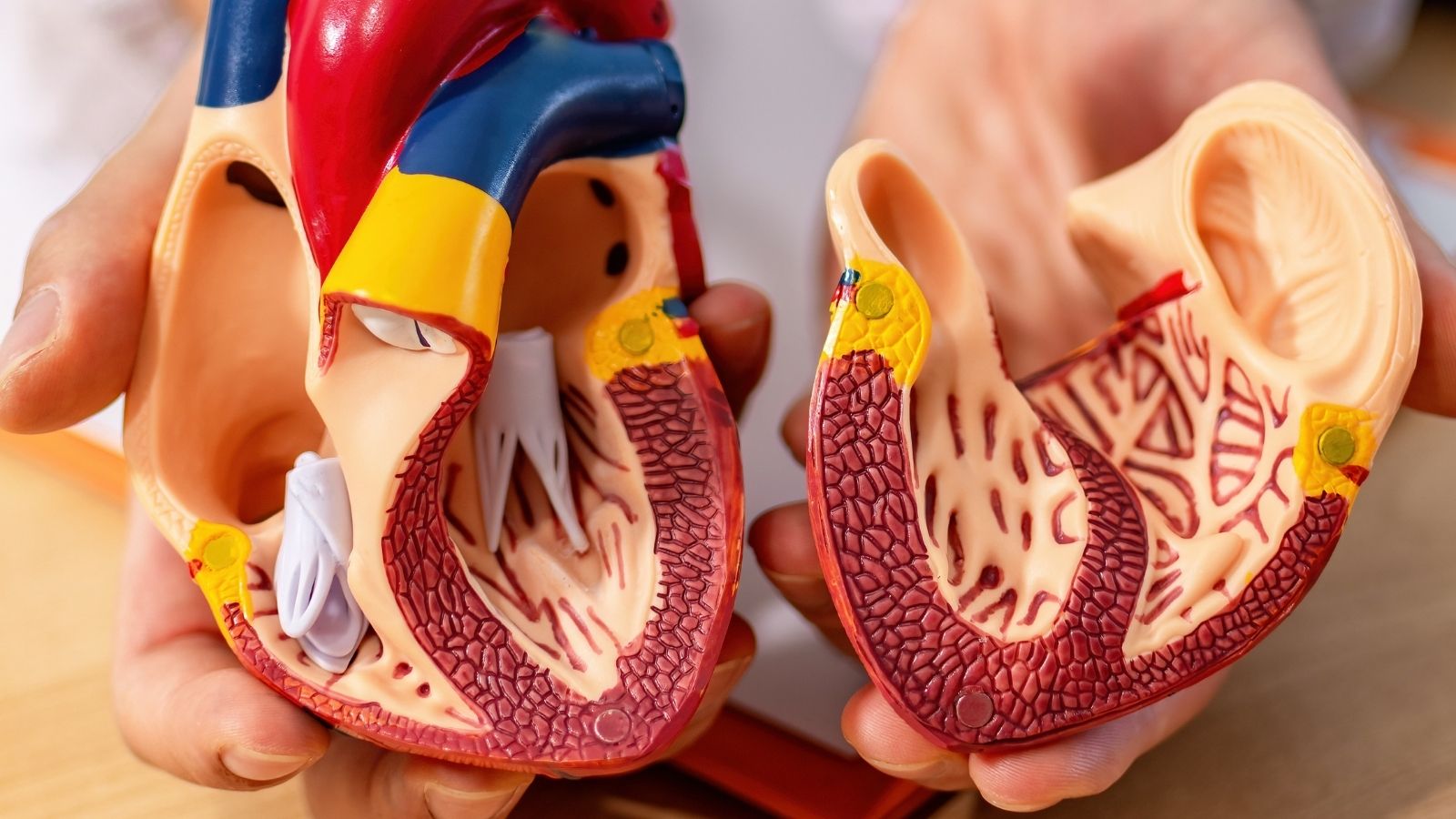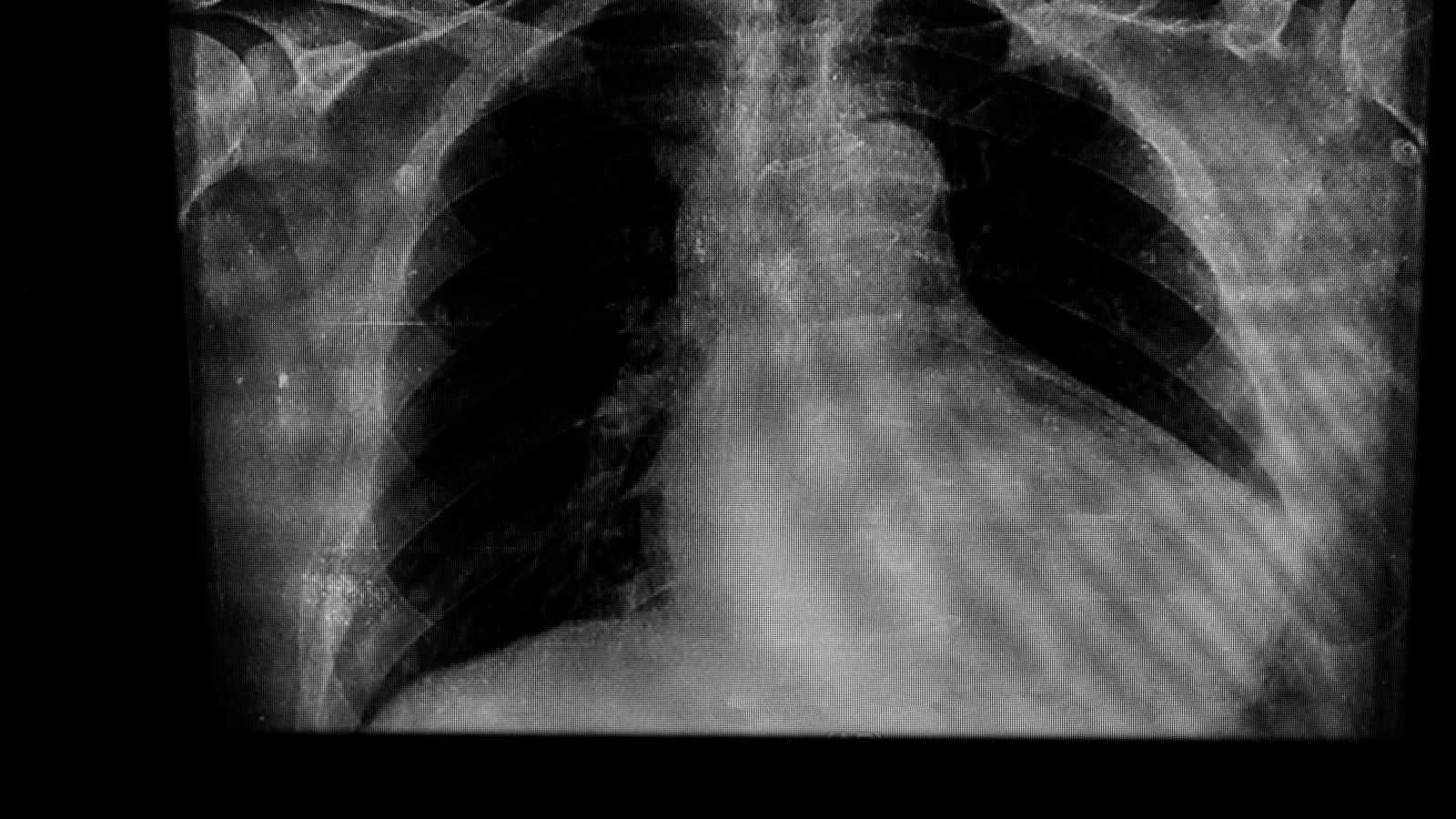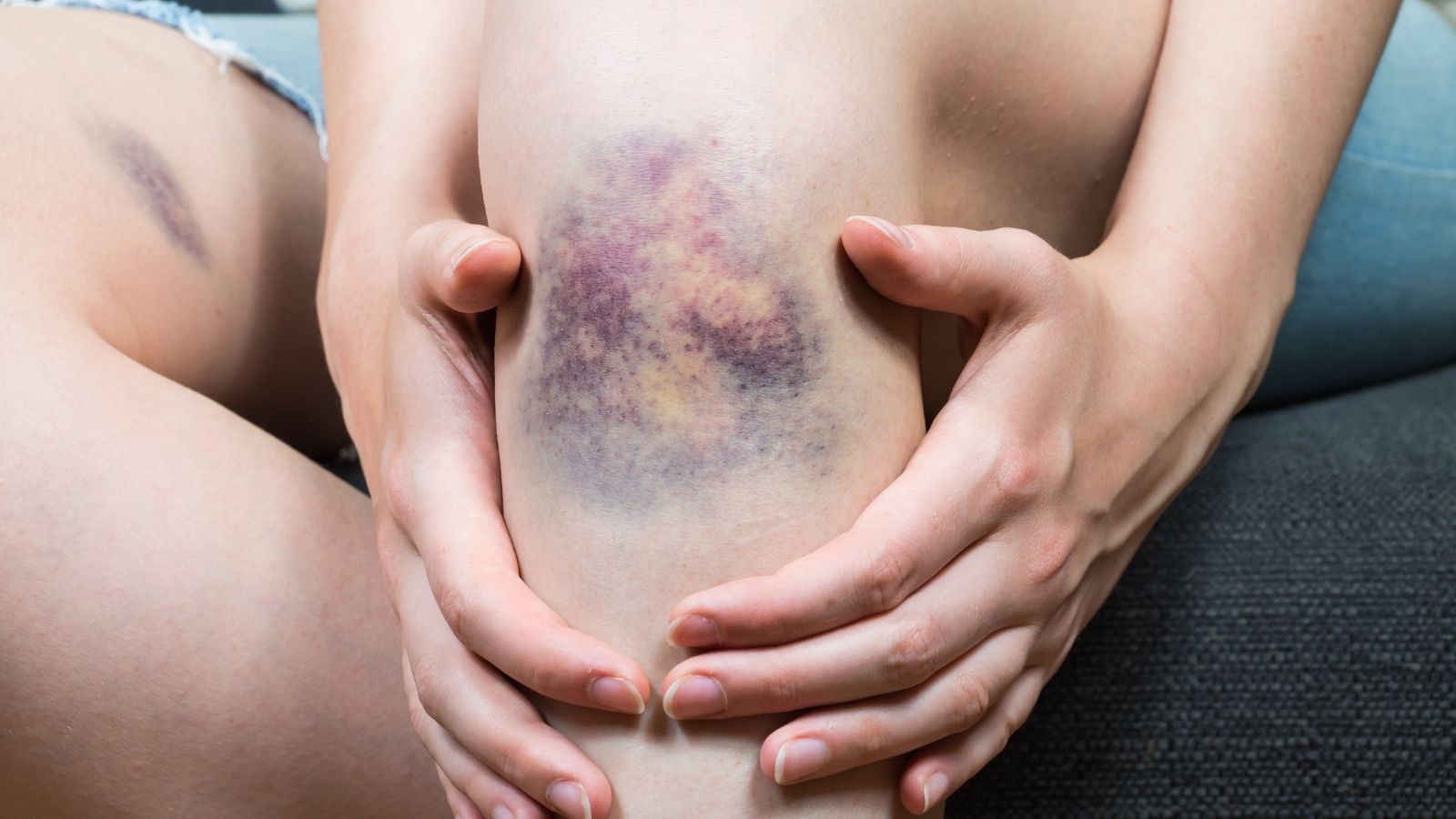Numbness in the hands refers to partial or complete loss of sensation, often described as tingling, prickling, or “pins and needles.” It may arise from temporary nerve compression or indicate more serious neurological or systemic conditions.
Common causes of hand numbness include carpal tunnel syndrome, cervical disc herniation, diabetes-related neuropathy, and peripheral vascular diseases. Identifying the exact source is crucial for accurate treatment and prevention of complications.
Diagnostic evaluation involves physical examination, nerve conduction studies, and imaging when needed. Determining whether the numbness is due to localized nerve entrapment or systemic disease guides appropriate therapeutic approaches.
Treatment options vary depending on the cause and may include physical therapy, ergonomic adjustments, medications, or surgical interventions. Early management prevents chronic disability and improves functional hand use in daily activities.
What causes hand numbness and tingling?
To understand the underlying logic behind hand numbness, let’s think about two important systems in our body: nerves and blood vessels. You can think of nerves as the cables that carry electricity to every room in the house. They carry commands from the brain and sensations from the tissues. Veins are the fuel lines that supply energy to this electrical system and all the other tissues. Both of these systems must work perfectly for our hands to feel and move. Hand numbness occurs when there is a malfunction in one of these systems.
There are usually two main sources of the problem. The first is that the nerve cables get pinched somewhere. Just as the wires in a cable are crushed when a heavy object passes over it, nerves can become trapped between bones, muscles or tendons and become unable to function. The second is that there is not enough blood, or fuel, getting to that area. When there is a narrowing or blockage in the blood vessels, all tissues, including the nerves, are deprived of oxygen and nutrients. This causes the nerves to go into “sleep mode” and leads to numbness. In general, we can list the possible causes behind numbness as follows:
- Nerve compression
- Vascular problems
- Systemic diseases
- Vitamin deficiencies
- Traumas and injuries
What are the most common causes of hand numbness?
When we think of hand numbness, the first thing that comes to mind is the most common neurological, that is, nervous system-related causes. These are generally more common than vascular problems, but their correct diagnosis is critical to avoid unnecessary worry and investigations.
Carpal Tunnel Syndrome
This is perhaps the most common cause of hand numbness. On the inside of our wrist, there is a narrow channel through which nerves and tendons pass. We call this channel “carpal tunnel”. One of the main nerves, called the median nerve, which provides sensation to the thumb, index and middle finger, passes through this tunnel. When there is an edema or thickening of the tissues in the tunnel, the median nerve is compressed and cannot do its job. This causes numbness and pain that wakes you up, especially at night. Patients often feel the need to wave their hands for comfort.
Typical symptoms of Carpal Tunnel Syndrome are:
- Thumb numbness
- Numbness in the index finger
- Numbness in the middle finger
- Numbness in the thumb-side half of the ring finger
- Increased pain and tingling at night
- Weakness in the hand muscles in progressive cases
- Difficulty holding small objects
Cubital Tunnel Syndrome
It is a pinched nerve in the elbow. When we talk on the phone or rest our elbow on a table, we can pinch another important nerve called the ulnar nerve. This nerve is responsible for the sensation of our pinky finger and half of our ring finger. In this syndrome, numbness is mostly felt in these fingers and on the outer edge of the hand.
The symptoms of Cubital Tunnel Syndrome are as follows:
- Numbness and tingling in the pinky finger
- Numbness in the half of the ring finger on the pinky side
- Increased complaints when keeping the elbow bent
- Weakness in the small muscles of the hand in progressive cases
Neck Hernia (Cervical Radiculopathy)
Sometimes the problem is not in the hand or wrist, but much higher up, in the neck. Herniated discs between the cervical vertebrae or bone spurs due to calcification can compress the nerve roots going to the arm and hand. In this case, numbness usually starts in the neck and spreads to the shoulder, arm and a certain part of the hand. In addition to numbness, neck pain, weakness or loss of sensation in the arm may also be observed. Which fingers are numb gives us important clues about which nerve is pinched at which level of the neck.
Can hand numbness be a sign of a disease such as diabetes or vitamin deficiency?
Yes, it certainly can. Sometimes the cause of hand numbness is not a local tightness but a systemic disease that affects the whole body. Because our body works as a whole, a malfunction in one system can manifest itself in unexpected symptoms elsewhere.
Diabetes is one of the most typical examples of this condition. Over time, high blood sugar disrupts the structure of nerve fibers, leading to a condition called “peripheral neuropathy”. This condition classically causes numbness and loss of sensation in the feet in the “stocking” style and then in the hands in the “glove” style. It is also important to remember that diabetes is an important risk factor for atherosclerosis. Therefore, hand numbness in a patient with diabetes may be caused by both nerve damage and circulatory disorders.
Here are some other systemic conditions that may lie behind numbness:
- Vitamin B12 deficiency
- Underactive thyroid gland (hypothyroidism)
- Chronic renal failure
- Rheumatic diseases such as rheumatoid arthritis
- Central nervous system diseases such as Multiple Sclerosis (MS)
- Exposure to certain infections or toxins
Is left or right hand numbness a sign of vascular occlusion?
This is one of the most critical questions in cardiovascular surgery practice. Although the majority of hand numbness is neurological, a small number of cases are directly caused by vascular problems, and these conditions usually indicate a more urgent and serious presentation. As a vascular surgeon, our task is to distinguish this vital minority. Because the problem here is not just numbness but a circulatory disorder that can lead to limb loss or larger systemic events.
Arteriosclerosis of the Arteries of the Arm (Peripheral Arterial Disease)
Just like in the arteries of the heart or the veins of the legs, plaques can build up in the arteries of the arm over time due to cholesterol and lime deposits. this condition, which we call “atherosclerosis”, leads to narrowing and blockages in the vessel wall. This leads to insufficient blood supply to the arm and hand. The complaints of a patient with this condition are usually typical: When he or she uses his or her arm, for example when lifting something, writing or combing his or her hair, he or she feels fatigue, pain and cramping in the arm and shoulder. This pain goes away after rest. We call this condition “arm claudication”.
Symptoms of hand numbness due to arteriosclerosis may be as follows:
- Arm pain or cramps with exertion
- A constant feeling of fatigue in the arm
- Pallor or coldness of the affected hand
- Non-healing wounds on the fingertips
- Weaker pulse in the affected arm compared to the other arm
- Significant difference between blood pressure values measured between two arms
Clot Throwing (Acute Embolism)
This is a vascular emergency and requires immediate intervention. It usually occurs when a clot from a source, such as a heart arrhythmia (atrial fibrillation) or an aneurysm (ballooning) in a more proximal vessel, suddenly breaks off and blocks the arm artery. In this case, the symptoms are very sudden and severe. The classic symptoms known in medicine as the “6 P Rule” occur. In particular, a sudden onset of left hand numbness or right hand numbness may indicate such an underlying emergency.
Symptoms of an emergency clot are as follows:
- Pain (Severe and sudden onset of pain)
- Pallor (marked pallor and whitening of the arm and hand)
- Pulselessness (No pulse in the wrist)
- Paresthesia (rapidly progressive numbness and loss of sensation)
- Paralysis (Loss of movement in the arm and hand, paralysis)
- Poikilothermia (the arm is significantly colder than the other limbs)
Raynaud’s Phenomenon
This is a sudden and excessive contraction of the small arteries in the fingers (vasospasm), especially in response to triggers such as cold weather or stress. This contraction temporarily cuts off the blood supply to the fingers and causes a very typical cycle of discoloration. During the attack, the fingers first turn white (because the blood supply is cut off), then purple (due to the lack of oxygen) and finally red when the blood supply is restored. These color changes are accompanied by numbness, pins and needles and pain. Raynaud’s can be an isolated condition or sometimes the first sign of a more serious underlying rheumatic or vascular disease.
Thoracic Outlet Syndrome (TOS)
This is a compression of the vascular and nerve supply to the arm in a narrow area between the collarbone, first rib and neck muscles. It is almost like a traffic jam in that area. If the compressed structure is an artery (arterial TOS), the patient feels numbness, coldness, pallor and pain in the hand, especially when raising the arm (e.g. when taking something off a shelf or hanging curtains). The pulse may weaken or disappear in that position. Chronic compression can predispose to vascular damage and clot formation.
What tests are done to understand the cause of hand numbness?
The path to the right treatment is always through the right diagnosis. For a complaint such as hand numbness, which can have many different causes, the diagnostic process requires meticulous work like a detective. The process starts with listening to the patient’s story and proceeds step by step.
First of all, it is necessary to listen carefully to the patient. Answers to questions such as when the numbness started, which fingers it affects, what triggers it (movement, position, cold), whether it increases at night, etc. will help us rule out possible causes. A detailed physical examination is then performed. This examination includes specific checks for the suspected cause:
During the examination, special attention is paid to the following:
- Checking pulses on both arms (carotid artery, armpit, elbow and wrist)
- Blood pressure measurement in both arms (to see if there is a difference)
- Listening to areas such as above the collarbone with a stethoscope and looking for abnormal vascular sound (murmur)
- Color and temperature of hands and fingers and condition of nail beds
- Control of muscle strength and reflexes
If TOS is suspected, provocative tests to see if symptoms are triggered by placing the arm in certain positions
Further Investigations: Viewing the Source of the Problem
Depending on the examination findings, some tests may be ordered to confirm the diagnosis or clarify the underlying cause.
The main tests and imaging methods that may be requested are as follows:
Blood Tests: Values such as vitamin B12, thyroid hormones and blood sugar are checked to see if there is a systemic cause.
Doppler Ultrasonography: This is a harmless and fast method that works with sound waves, which we use most often in the diagnosis of vascular diseases. It clearly shows the blood flow in the arm arteries, whether there is stenosis or blockage, and the presence of clots.
EMG (Electromyography): It is especially requested when nerve compression is suspected. It measures the speed at which nerves transmit electrical signals to locate nerve damage or compression.
CT Angiography (Computed Tomography): It is performed with intravenous contrast medium and provides a detailed three-dimensional map of the arterial network of the arm. It is especially valuable in the diagnosis of TOS as it also shows bone structures.
MR Angiography (Magnetic Resonance): An alternative to CT angiography. It shows inflammation of the vessel wall (vasculitis) or soft tissues particularly well.
Catheter Angiography: In this method, which is considered the gold standard, a thin catheter is inserted through the groin or arm and a film is taken of the vessels. It is usually used not only for diagnosis but also when treatment (balloon/stent) is planned in the same session.
How does hand numbness go away and what are the treatment methods?
The treatment of hand numbness depends entirely on the underlying cause. Just as there is no single treatment for a headache, there is no magic formula for hand numbness that says “do this and it will go away”. Treatment is planned to address the source of the problem. If the cause is a vitamin deficiency, supplements are given; if it is carpal tunnel syndrome, treatments are applied accordingly. Here we will focus especially on the treatment of vascular numbness.
Lifestyle Changes and Medication
The first and most important step in any patient with atherosclerosis is to eliminate risk factors. This slows disease progression and protects overall cardiovascular health.
In this context, these are the following:
- Definitive smoking cessation
- Keeping blood sugar under strict control if diabetes is present
- Treating high blood pressure
- Use of cholesterol-lowering drugs (statins)
- Drugs that prevent blood clotting (such as aspirin, clopidogrel)
- Vasodilators for Raynaud’s phenomenon
- Immunosuppressive drugs and cortisone if vasculitis (inflammation of the blood vessels) is detected
Endovascular (Closed) Treatments
Nowadays, with the development of technology, we can treat many vascular stenosis and occlusion by angiography without major surgical incisions. These minimally invasive methods allow the patient to recover faster.
The most common closed methods are as follows:
Balloon Angioplasty: It is a procedure in which the narrowed vascular area is passed with a thin wire and widened with a special balloon.
Stent Placement: A metal cage (stent) is placed in the area to prevent the vessel from narrowing again after balloon dilation.
Clot Dissolving Therapy (Thrombolysis): When a clot suddenly blocks the blood vessel, special drugs are administered through angiography to reach into the clot and dissolve it.
Open Surgical Methods
Open surgery is required in cases where closed methods are not suitable (such as very long segment occlusions, unsuitable structure of the vessel) or in cases of external compression such as TOS.
The main surgical options are:
Bypass Surgery: It is a procedure to build a bridge over the blocked area to carry blood beyond the blockage. This bridge is made using the patient’s own leg vein or a synthetic vein (graft).
Endarterectomy: It involves opening the vessel, scraping and cleaning the calcified plaque inside and repairing the vessel with a patch.
Removal of the First Rib: In the treatment of Thoracic Outlet Syndrome (TOS), it is the surgical removal of the first rib that compresses the vessels and nerves. It permanently eliminates congestion in this area.
What is good for hand numbness at home?
This is one of the questions that patients are most curious about. However, this question should be answered very carefully. If your hand numbness is due to a simple positional compression and is temporary, some simple measures may provide relief. But remember that these methods do not treat a serious underlying disease, they can only temporarily relieve symptoms.
Here are some suggestions for temporary and simple numbness that can provide relief at home:
- Stretching exercises that slowly move the hand and wrist
- Taking care not to bend the wrist while sleeping, supporting it with a soft pillow if necessary
- Avoid staying in the same position for long periods of time
- Using ergonomic keyboard and mouse supports when using a computer
- Managing stress (especially in Raynaud’s type numbness)
If your numbness is recurrent, severe or accompanied by the alarm symptoms listed below, you should consult a physician instead of thinking “what can help at home”.
When is hand numbness dangerous and should you see a doctor urgently?
Although hand numbness is usually a problem that develops gradually, some conditions signal a danger that requires immediate medical attention. Knowing these “red flag” symptoms is vital.
If any of the following conditions accompany hand numbness, you should contact the nearest emergency room immediately:
- Sudden and very severe onset of numbness
- Numbness accompanied by slurred speech, facial shifting or confusion
- Accompanied by chest pain, shortness of breath or severe dizziness
- Significant loss of strength or inability to move the arm (paralysis)
- Sudden onset of severe swelling, bruising and coldness in the arm
- Occurring after a recent accident or injury.

Prof. Dr. Yavuz Beşoğul graduated from Erciyes University Faculty of Medicine in 1989 and completed his specialization in Cardiovascular Surgery in 1996. Between 1997 and 2012, he served at Eskişehir Osmangazi University Faculty of Medicine as Assistant Professor, Associate Professor, and Professor, respectively. Prof. Dr. Beşoğul, one of the pioneers of minimally invasive cardiovascular surgery in Türkiye, has specialized in closed-heart surgeries, underarm heart valve surgery, beating-heart bypass, and peripheral vascular surgery. He worked at Florence Nightingale Kızıltoprak Hospital between 2012–2014, Medicana Çamlıca Hospital between 2014–2017, and İstinye University (Medical Park) Hospital between 2017–2023. With over 100 publications and one book chapter, Prof. Dr. Beşoğul has contributed significantly to the medical literature and is known for his minimally invasive approaches that prioritize patient safety and rapid recovery.



